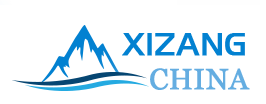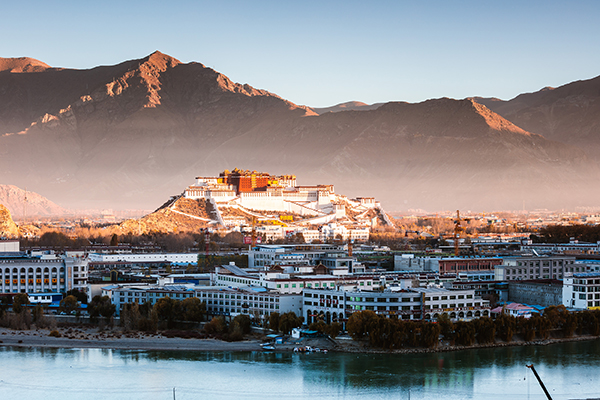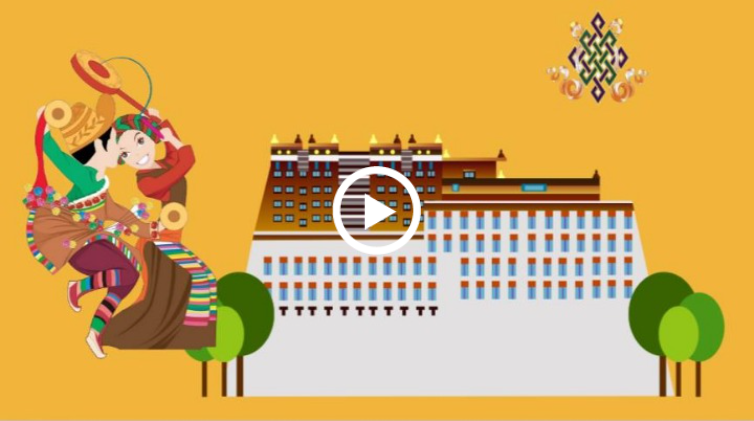Nyingchi
Updated: 2025-05-07 (chinadaily.com.cn)  Print
Print 


(1) Historical geography
Nyingchi was called Gongbu in ancient times, meaning the "Throne of the Sun" in Tibetan. It is one of the birthplaces of Tibetans and other ethnic groups.
In the 7th century, the Tubo regime was established, and the Gongbu area was brought under the jurisdiction of the Yoru military and political area.
After the peaceful liberation, in June 1956, the Tower Engineering Office was established; in February 1960, the Nyingchi District Commissioner's Office was established; in May 1964, the Nyingchi District Commissioner's Office was abolished; in February 1986, approved by the State Council, the Nyingchi area was restored, and on March 19, 2015, the State Council approved the establishment of prefecture-level Nyingchi city.
Nyingchi is located in the southeast of the Xizang autonomous region, in the middle and lower reaches of the Yarlungzangbo River, with an average elevation of 3,100 meters.
It is adjacent to Chamdo and the Diqing Tibetan autonomous prefectures in Yunnan province to the east, Lhasa and Lhokha to the west, Nagchu to the north, and Myanmar and India to the south.
It is 646.7 kilometers from east to west and 353.2 km from north to south, with a total area of 114,870 square kilometers.
Nyingchi has been awarded such titles as the "National Advanced City of Landscaping" and the "National Sanitary City". It has also been listed as the "Broadband China" demonstration city and has won the China Habitat Environment Example Prize. It was twice rated as a "National Excellent City for Comprehensive Management of Social Security".
There are 28 tourist attractions in the city, 10 A-level tourist attractions, including one 5A-level tourist attractions, six 4A-level tourist attractions and three 3A-level tourist attractions.
The forest area is approximately 6.54 million hectares, the forest area is some 5.44 million hectares, and the forest coverage rate is 53.6 percent.
It is an important part of the national ecological security barrier, and is known as a "biological gene bank" and "plateau oxygen bar". It has been listed among the first batch of ecological civilization pioneers in the country.
(2) Population division
As of the end of 2024, the city's total population was about 240,000. There are primarily 35 ethnic groups, including Tibetan, Han, Monba, Luoba, Dulong, and Naxi.
The city has seven counties and districts, namely Dragyib district, Kongpo'gyada county, Nang county, Manling county, Zayul county, Bomi county, Metog county, including 54 townships, two sub-district offices and 498 villages.
(3) Economic and social development
In 2024, Nyingchi's regional GDP reached 26.8 billion yuan ($3.7 billion), a year-on-year increase of 7 percent. In 2024, the per capita disposable income of urban residents reached 49,621 yuan, a year-on-year increase of 7.1 percent, and the per capita disposable income of rural residents was 27,427 yuan in 2024, a year-on-year increase of 7.8 percent.








